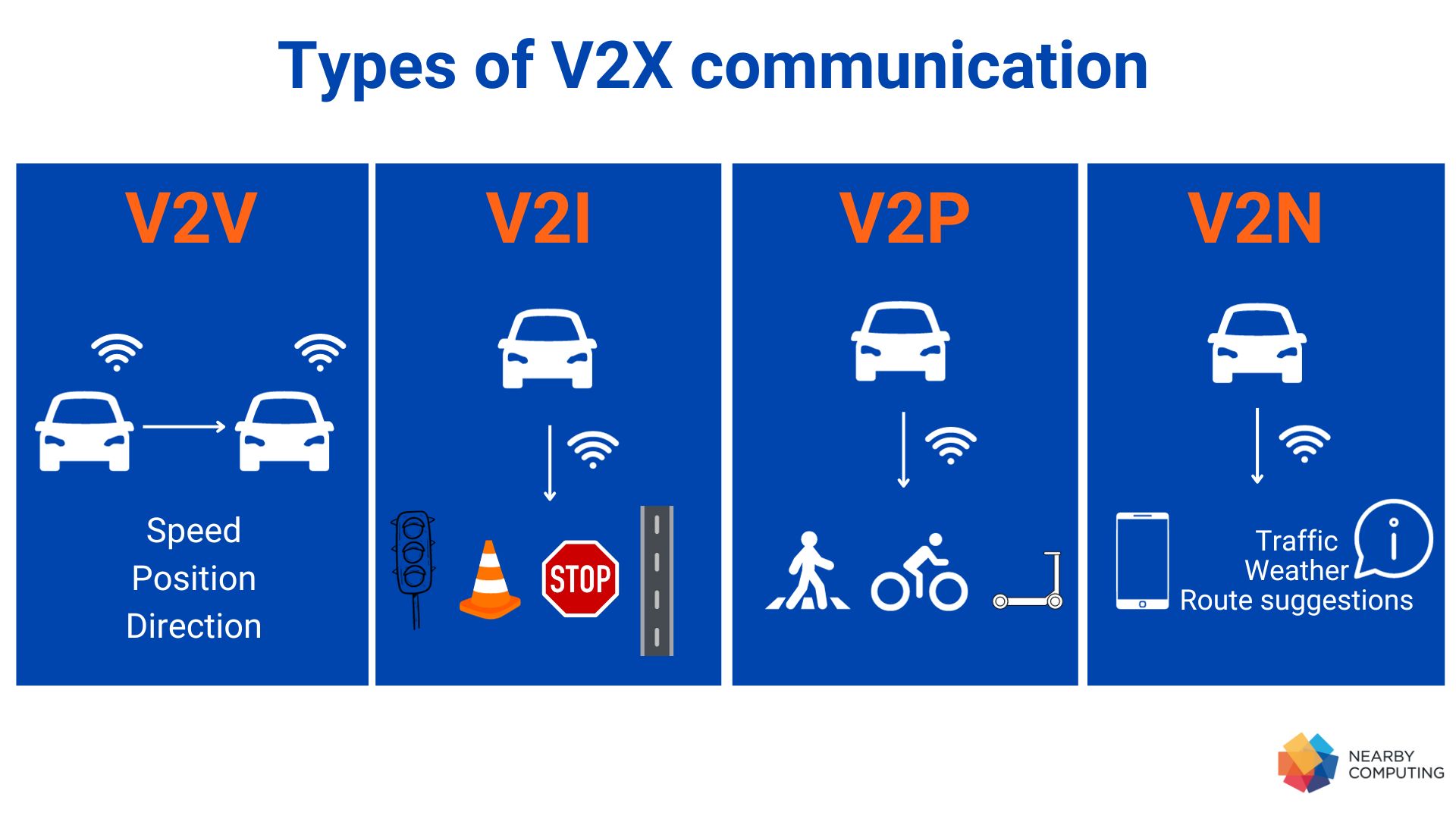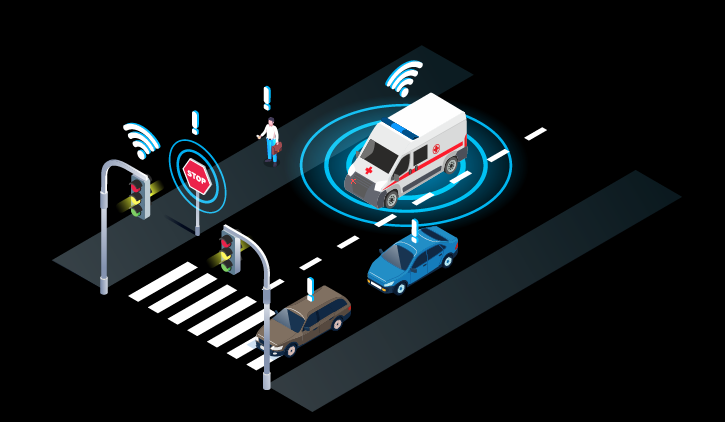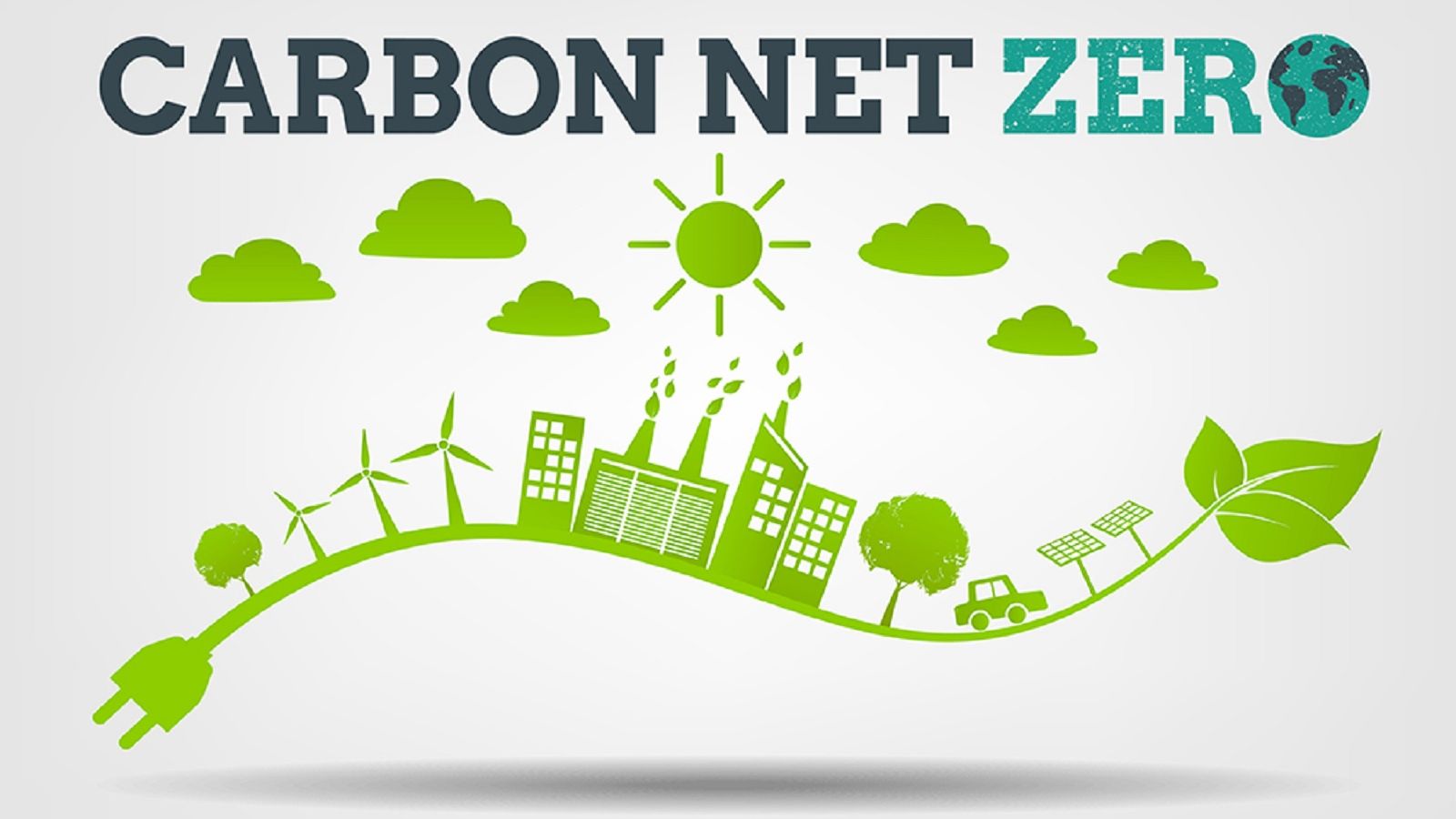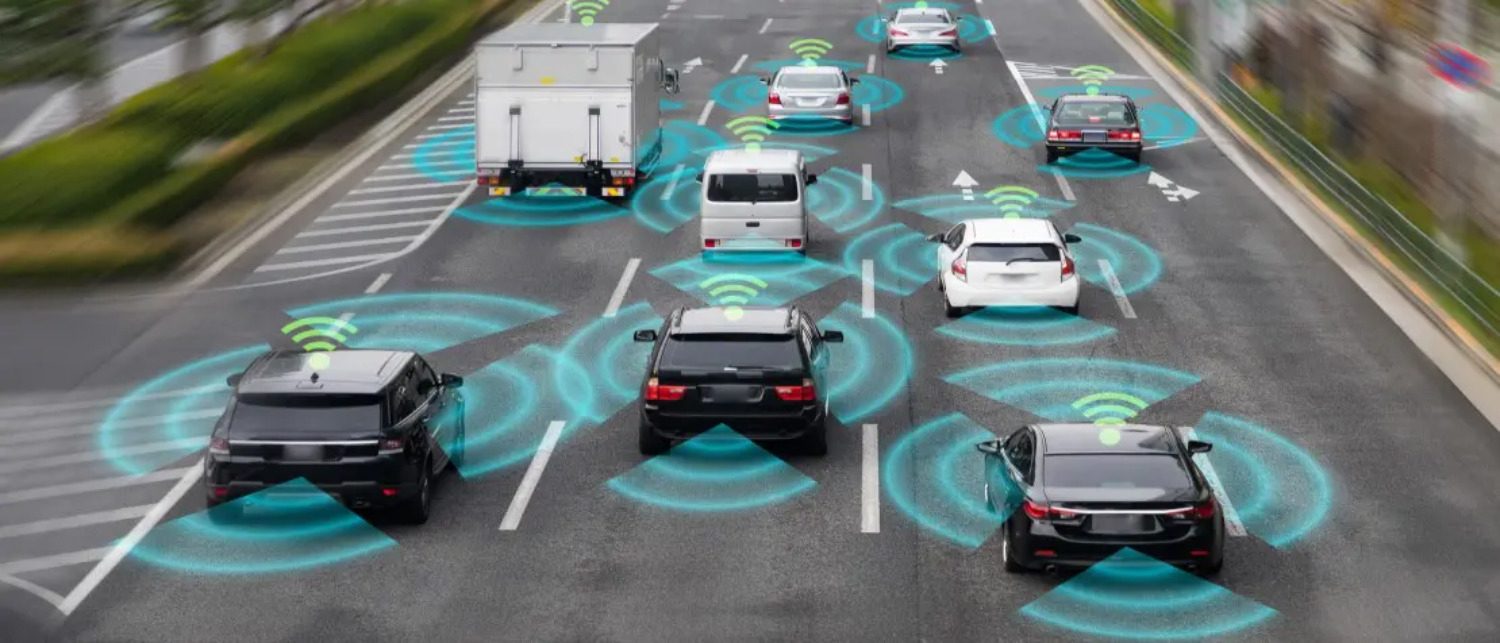As transportation systems evolve, Vehicle-to-Everything (V2X) technology is emerging as a cornerstone of intelligent and secure mobility. This groundbreaking innovation facilitates communication between vehicles, infrastructure, and surrounding networks to enhance traffic safety and operational efficiency. With the increasing complexity of urban transportation, V2X is driving significant advancements in road safety, traffic flow, and environmental sustainability.
This article delves into the fundamental aspects of V2X, its benefits, challenges, and its transformative potential for creating smarter and safer roadways.
What Is V2X Communication?
V2X refers to a communication system where vehicles interact with their surroundings through real-time data exchange. This includes:

- Vehicle-to-Vehicle (V2V): Vehicles sharing information about speed, location, and direction to prevent collisions.
- Vehicle-to-Infrastructure (V2I): Communication with traffic signals, road signs, and urban networks to optimize traffic flow.
- Vehicle-to-Pedestrian (V2P): Alerts for vulnerable road users like pedestrians and cyclists.
- Vehicle-to-Network (V2N): Leveraging cloud-based services for navigation, weather updates, and emergency alerts.
V2X systems rely on technologies such as cellular networks, short-range communication (DSRC), and 5G to ensure seamless and reliable data transmission.
The Safety Revolution: How V2X Prevents Accidents
1. Collision Avoidance Systems
One of the most compelling benefits of V2X is its ability to prevent accidents by enabling proactive decision-making:
- Early Warnings: V2V communication allows vehicles to detect potential hazards, such as sudden braking by another vehicle, and alert drivers in real time.
- Intersection Safety: V2I systems enhance safety at intersections by communicating signal phases and timing, preventing red-light violations.

2. Protecting Vulnerable Road Users
V2P communication bridges the gap between vehicles and pedestrians, reducing the risk of accidents:
- Pedestrian Detection: Vehicles receive alerts about pedestrians in crosswalks, even in poor visibility conditions.
- Cyclist Integration: Alerts for nearby cyclists help drivers maintain safe distances and avoid accidents.
3. Emergency Response Efficiency
V2N communication ensures that emergency responders receive priority on the road, enabling faster arrival at accident scenes:
- Emergency Vehicle Alerts: Traffic signals adapt to provide green lights for ambulances and fire trucks.
- Accident Notification: Real-time alerts about road accidents facilitate quicker response times and traffic rerouting.
Enhancing Traffic Flow and Efficiency

1. Smarter Traffic Management
V2I communication plays a pivotal role in reducing congestion and optimizing road utilization:
- Adaptive Traffic Signals: Signals adjust based on real-time traffic data, minimizing idle times and improving overall flow.
- Dynamic Lane Management: Highways equipped with V2X systems can adjust lane directions and speed limits based on traffic density.
2. Optimized Routing
V2N systems provide vehicles with real-time navigation updates to avoid traffic jams and road closures:
- Alternate Routes: Drivers receive alternative route suggestions to reduce travel time and fuel consumption.
- Coordinated Platooning: V2V communication enables groups of vehicles to travel closely together, reducing drag and improving fuel efficiency.
Environmental Impact of V2X
1. Reducing Emissions
By minimizing idle times and optimizing traffic flow, V2X significantly reduces carbon dioxide emissions:

- Eco-Driving Assistance: Vehicles receive recommendations for fuel-efficient driving behaviors, such as steady speeds and gradual acceleration.
- Electric Vehicle Integration: V2I supports better coordination of charging times, reducing grid strain and reliance on fossil fuels.
2. Promoting Sustainable Mobility
V2X encourages the adoption of eco-friendly transportation options by integrating with public transit systems and shared mobility platforms:
- Public Transit Priority: V2I systems prioritize buses and trams at intersections, improving efficiency and reliability.
- Shared Mobility Solutions: Seamless coordination of ride-sharing vehicles reduces the overall number of cars on the road.
Challenges in V2X Deployment
1. Infrastructure Development
The implementation of V2X requires significant upgrades to existing infrastructure:
- High Costs: Installing smart traffic signals and communication networks involves substantial investment.
- Urban-Rural Divide: Ensuring equal access to V2X benefits across urban and rural areas poses logistical challenges.
2. Data Security and Privacy
As V2X relies heavily on data exchange, protecting user information is critical:
- Cybersecurity Risks: V2X systems must safeguard against hacking and unauthorized access.
- Data Privacy: Striking a balance between effective communication and user anonymity is essential.
3. Standardization and Interoperability
Global standardization of V2X technologies is necessary to ensure seamless functionality across manufacturers and regions:
- Collaboration Challenges: Coordinating between automakers, governments, and technology providers is complex.
- Technological Diversity: Aligning diverse communication technologies like DSRC and 5G requires significant effort.
Future Prospects of V2X in Road Safety
The ongoing advancements in V2X are set to redefine transportation by combining intelligent connectivity with emerging technologies:
- Integration with Autonomous Vehicles: V2X complements self-driving systems by providing a broader situational awareness.
- AI and Machine Learning: Incorporating AI into V2X systems enhances predictive analytics for traffic management and accident prevention.
- 6G Networks: The next generation of communication networks promises even faster data transfer and improved reliability.
Conclusion
Vehicle-to-Everything communication is revolutionizing transportation by making roads smarter, safer, and more sustainable. From collision prevention and traffic optimization to reducing emissions and promoting shared mobility, V2X technology addresses critical challenges in modern transportation systems. As infrastructure develops and challenges are addressed, V2X will continue to shape the future of mobility.
What excites you most about the potential of V2X? Share your thoughts in the comments below or explore our website for more insights into cutting-edge automotive innovations and sustainable mobility solutions!

Leave a Reply